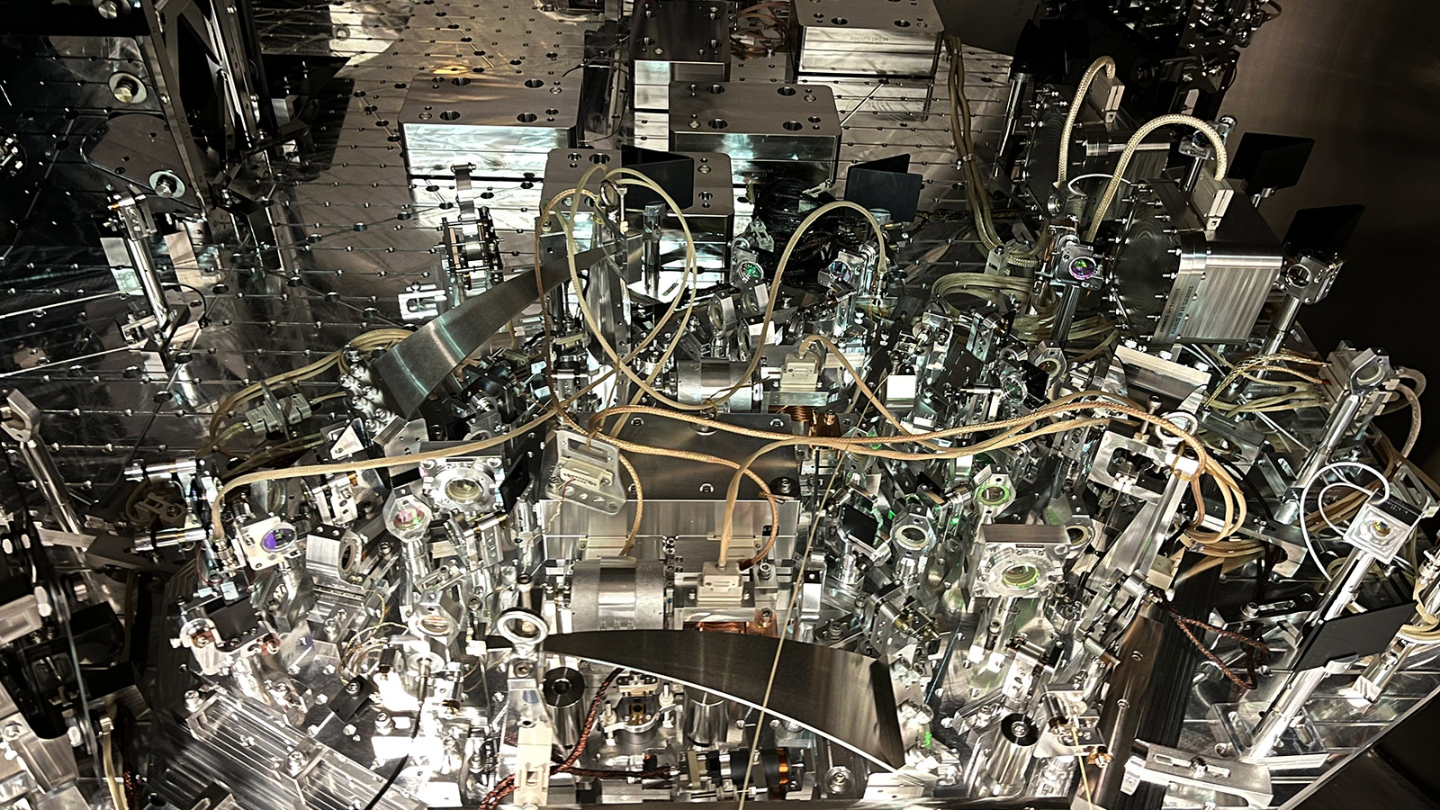Improving gravitational wave observatories by putting the squeeze on light.
According to researchers in an upcoming issue of Physical Review X, this upgrade will allow LIGO to detect up to 65 percent more collisions between massive objects like black holes and neutron stars compared to without the upgrade.
LIGO researchers rely on laser light that moves in a detector between mirrors placed four kilometers apart to search for gravitational waves. However, light is subject to a version of the Heisenberg uncertainty principle, which means that the more you know about the intensity of a light signal, the less you know about its frequency. This limitation affects researchers’ ability to spot gravitational waves.
In 2019, LIGO scientists turned to quantum “squeezing” to address this issue. Quantum squeezing reduces uncertainty in the laser’s frequency and increases uncertainty in its intensity, allowing researchers to increase the laser’s power and improve LIGO’s ability to detect waves of higher frequencies. However, further increasing the power would have made it more difficult to measure lower-frequency waves due to the addition of a low-frequency rumble to the signal.
2023-10-26 07:00:00
Article from www.sciencenews.org
